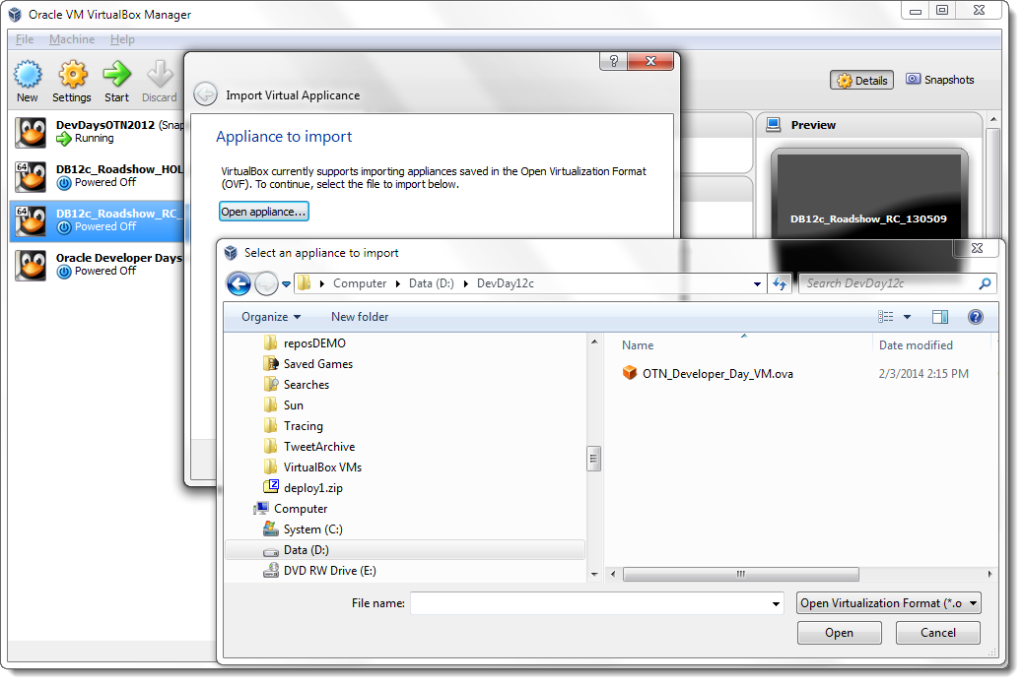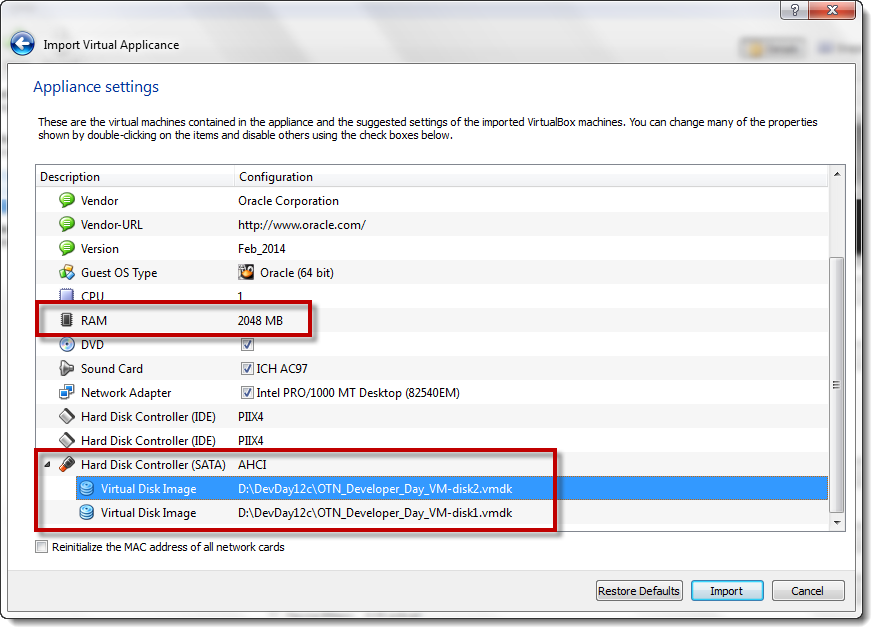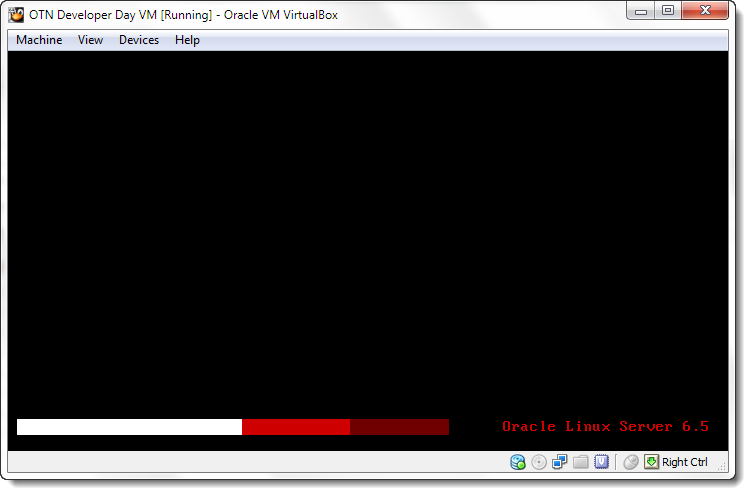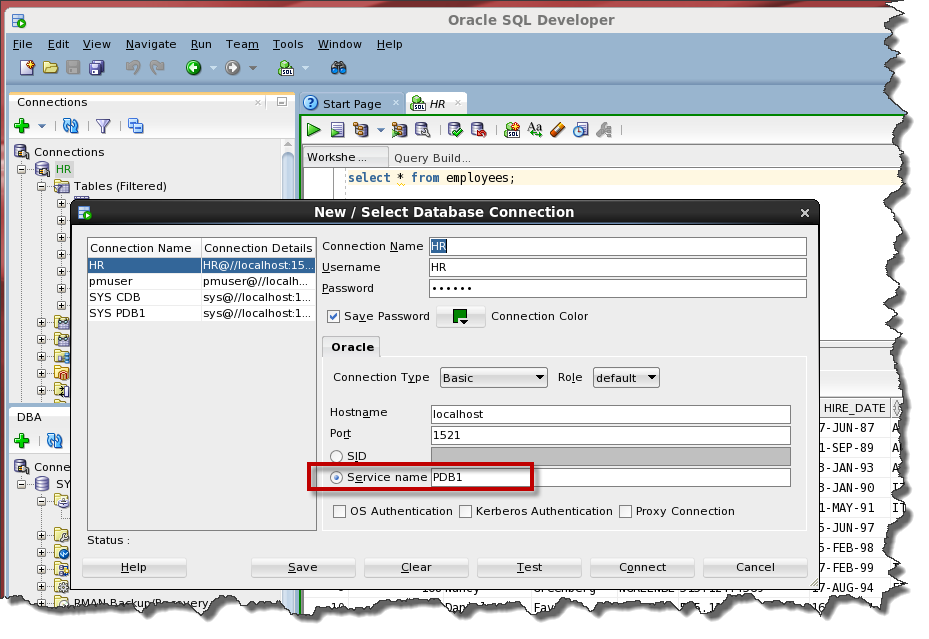If we look at the core
elements of big data – volume, variety and velocity - the future looks to be
headed in one direction only: more volume, greater variety and increased
velocity as more devices come online, more transactions are captured, more
personal data provided and more organisations learn to capitalize upon the data
created within their business ecosystem. New breakthroughs in technology and
the adoption of technologies complementary to big data will drive these
increases, not least the ‘internet of things’.
The
rise of the machines
There is a lot of
talk about the ‘internet of things’– the idea that one day most things will be
connected to the internet. From our fridges creating information about
replenishment and talking directly to our online shopping accounts and
supermarket loyalty schemes, to the anticipated growth in wearable technology
such as smart watches and smart glasses which will relay information on
location and behaviors. All of this will create valuable data.
The increasingly
powerful smartphones in our pockets will have the power to change the world
around us, from the offers we see advertised in supermarkets as our past
purchasing history and other behaviors stored on the phone – such as the
movies we watch, the apps we use and the places we visit – create a near
faultless picture of us as a consumer to the ways in which our banks tailor
offers specifically to our lifestyles.
Our cars will
transmit ever-more information, creating better deals on insurance and reducing
instances of expensive repairs, removing cost from maintaining a car. Our home
entertainment systems will intuitively learn more about the content we want and
when we want it. What we are prepared to pay for now and what we are willing to
wait for to get free.
Our
world, only better
The world will become
tailored towards our wants and needs. Some changes will be imperceptible to the
naked eye or the rational mind but much will be driven and governed by big
data. It might just feel that things work a little better or more efficiently
but behind the scenes the analysis of big data will be working harder than ever
to shape all the moving parts of our physical and experiential environment.
Take transport.
Anecdotally many Londoners claimed during the 2012 Olympics that public
transport, a much feared weak link in London’s Olympic offering, was faultless
for the duration of the games. This is not because issues did not arise but
because every scenario was catered for and solutions existed ready to be
deployed at the moment of need.
That was thanks to
many years or planning but with the analysis of big data, from the analysis of
passenger flow into transport hubs, via pedestrian routes and terminus points
such as major airports, to likely weather conditions and related disruptions,
to real-time location based monitoring of replacement bus services and traffic
conditions on alternate transport routes, that level of service is replicable,
consistently on a daily basis.
Even scenarios around
unforeseeable incidents and the indicators they might be about to occur – such
as analysis of data from sensors along water pipes pre-empting or forewarning
of a burst water main that could close a road – can be modelled into scenario
planning or allow for a fix to be applied before the issue occurs. This will
require investment but as metropolitan areas around the world compete for
inward investment in a global economy it would be a mistake to overlook the
long term benefits.
Big
data means safer communities
Law enforcement is
one area where major change can happen and we are already seeing the seeds of
unprecedented transformation being sewn. Big data analysis can play an
important role in identifying trends which allow police forces to better
anticipate when and where crimes may be committed.
It is possible to
model crimes and predict their outcomes and repercussions and to identify what
crimes may breed other crimes in the neighbourhood or within specific groups
within society. Big data can help predict which crimes become part of an
unfolding spree and which are most likely to be isolated incidents. This will
enable police forces to plan resources and ensure units are in the right place
at the right time.
Structured,
relational data may inform us that burglaries tend to happen more during public
holidays when many houses are empty as people stay with friends and family and
invariably burglaries happen during the night. The relational data may tell us
past victims of burglary are more likely to be victims again. But there are
layers upon layers of non-relational data which can be factored into predicting
when crimes are going to happen – and where – which is obviously preferable to
simply developing a better understanding of where and when they have already
happened. Similarly if an incident can be isolated and prevented from
developing into a crime spree that too is a marked improvement.
Big
Data and Privacy
Of course, it is
impossible to have a discussion of big data without discussing privacy. It is
every individual’s right to withhold personal information and we can elect to
switch off location-based services on our phones and we can politely decline
the offer of a customer loyalty card from our supermarket. We can choose not to
use car insurance based on in-car telematics. But at the heart of this is a
point of cultural tension.
People will resist
the gifting of data to businesses and organisations unless it is a mutually beneficial
transaction. Organisations need to help consumers see the benefits in order to
enlist them in a willing development of truly powerful big data-based
businesses.
There is undoubtedly
gold to be found among big data but it must line the pockets of consumers and
businesses alike. We must get better banking products, an improved retail
experience, better home entertainment options, an improved commute, cheaper
insurance, a better seat on the plane and a better glass of wine. We need to all
feel that our lives are about to get a lot better. And if organisations can
help us to feel that, there is no limit to what big data can do.























 button
in the toolbar to invoke the R script to produce the Scatterplot matrix below.
button
in the toolbar to invoke the R script to produce the Scatterplot matrix below.






 icon
in the far right of the cell, and then click on the icon to bring up the viewer.
icon
in the far right of the cell, and then click on the icon to bring up the viewer.







 Jim Lein | Sr. Principal Product Marketing Director | Oracle Midsize Programs |@JimLein
Jim Lein | Sr. Principal Product Marketing Director | Oracle Midsize Programs |@JimLein





![image[7][2][2][2] image[7][2][2][2]](http://soacommunity.files.wordpress.com/2013/04/image7222.png?w=20&h=20&h=20)
![clip_image002[8][4][2][2][2] clip_image002[8][4][2][2][2]](http://soacommunity.files.wordpress.com/2013/04/clip_image00284222.jpg?w=26&h=23&h=23)












